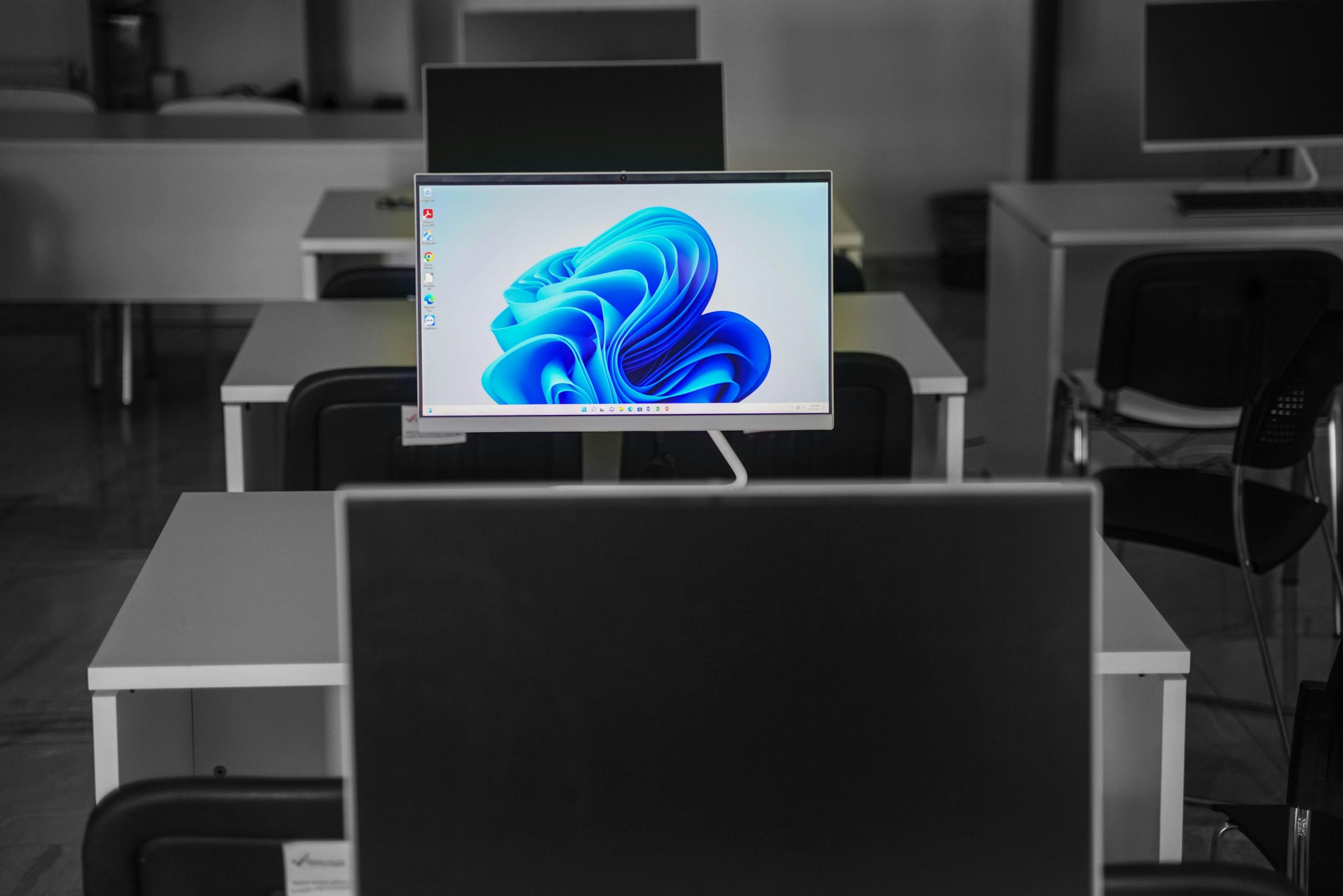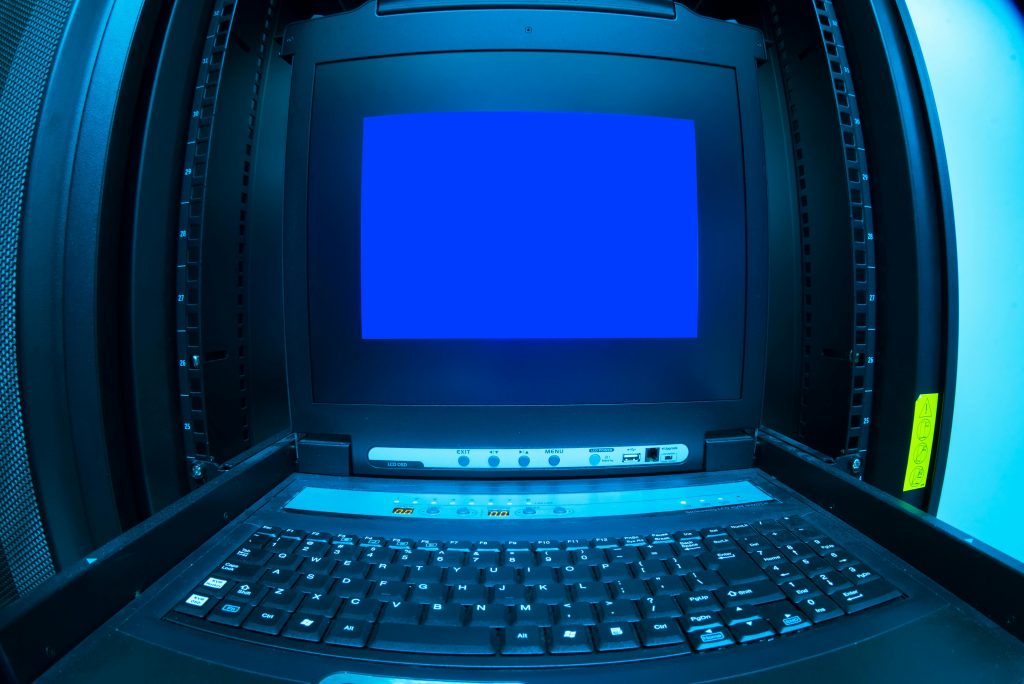Troubleshooting Monitor Flickering on Windows 11 with NVIDIA Quadro P1000 and Intel UHD Graphics 630
Introduction
Experiencing display issues can be both frustrating and disruptive, especially when they occur unexpectedly. Recently, a user reported intermittent flickering on their monitors connected to a Windows 11 workstation equipped with an Intel UHD Graphics 630 and an NVIDIA Quadro P1000 graphics card. If you’re facing similar symptoms, this article aims to guide you through potential causes and effective troubleshooting steps.
Understanding the Setup
The workstation in question is a Lenovo ThinkStation, utilizing multiple graphics solutions:
- Integrated Graphics: Intel(R) UHD Graphics 630
- Dedicated Graphics Card: NVIDIA Quadro P1000
The monitors are connected via the NVIDIA Quadro P1000 GPU, which is commonly used in professional workstation environments for its robust support for high-performance applications.
Common Causes of Monitor Flickering
Monitor flickering can stem from various hardware or software issues, including:
- Loose or Faulty Cables
- Driver Conflicts or Outdated Drivers
- Display Settings Misconfiguration
- Windows 11 Compatibility or System Updates
- Hardware Failures in Graphics Card or Monitor
Troubleshooting Steps
- Verify Physical Connections
- Ensure all video cables (HDMI, DisplayPort, DVI) are securely connected.
- Replace cables with known working ones to rule out faults.
-
Test monitors individually to identify if one is causing the issue.
-
Update Graphics Drivers
- Download and install the latest NVIDIA Quadro P1000 drivers from the official NVIDIA website.
- Also, update the Intel UHD Graphics 630 drivers from the manufacturer’s site or Windows Update.
-
After updating, reboot the system and observe if flickering persists.
-
Adjust Display Settings
- Right-click on the desktop and select “Display Settings.”
- Check refresh rates; set to a standard value such as 60Hz if not already.
-
Try lowering or adjusting resolution settings to see if stability improves.
-
Check for Windows Updates
- Ensure Windows 11 is fully updated, as patches often fix compatibility issues.
-
Navigate to Settings > Windows Update and apply pending updates.
-
Monitor Driver Conflicts and Disable Hardware Acceleration
- Some applications, especially browsers and professional software, utilize hardware acceleration that can clash with graphics drivers.
- Temporarily disable hardware acceleration in these applications
Share this content:



